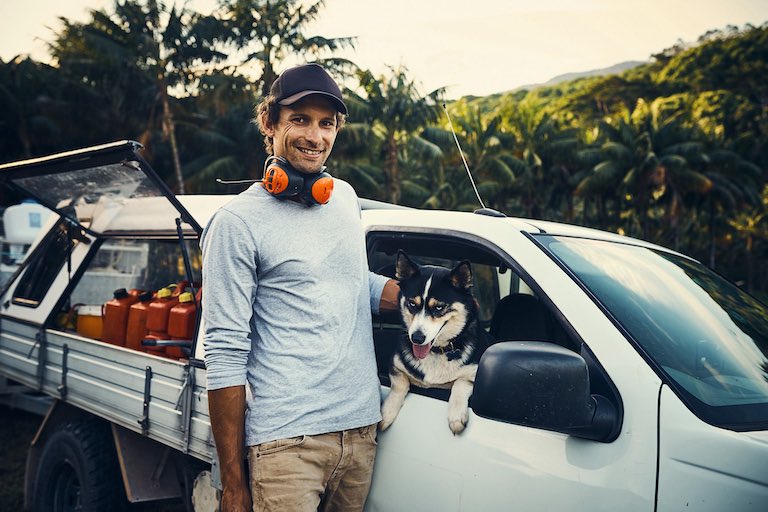
V6 power for VW Amarok
Facelifted Volkswagen Amarok pick-up revealed with 550Nm 3.0-litre dieselThe first major upgrade for Volkswagen's inaugural Amarok pick-up in five years will bring new looks inside and out, and the only diesel V6 in its class.
Confirmed for Australia by the end of this year, the 550Nm 3.0-litre turbo-diesel V6 is the headline act of the German one-tonne ute's midlife makeover.
The 2017 Amarok also brings fresh front-end styling as previewed by last month's teaser sketches, plus a new dashboard, new seats, new Servotronic steering and, for most models, bigger wheels.
But the big news is the Amarok's first six-cylinder engine, which at 2967cc is a litre bigger and makes up to 33kW more power and 130Nm more torque than the current Amarok's 2.0-litre four-cylinder twin-turbo diesel, which offers up to 132kW/420Nm.
The top-shelf 165kW engine makes its 550Nm at just 1500rpm, outmuscling the Holden Colorado's 500Nm 2.8-litre four, and the 146kW/470Nm 3.2-litre five-cylinder diesel in the Ford Ranger and Mazda BT-50.
Volkswagen Commercial Vehicles says that "In future, some variants of the new Amarok will also boast a towing capacity of up to 3.5 tonnes" – 500kg up from before and matching the class leaders.
Lower-output versions offering 120kW and 150kW will also be offered – at least in Europe -- and VW claims all V6s will meet the latest Euro 6 emissions standard.
It says that in automatic form, the high-output 165kW V6 will be about as efficient as the existing entry-level Amarok TSI340, with NEDC fuel consumption of just 7.6L/100km, corresponding to 199g/km of CO2.
Once again the Amarok will be available with three different drive configurations: traditional rear-wheel drive or selectable 4MOTION 4x4 with a six-speed manual transmission, or permanent 4x4 via a Torsen differential with an eight-speed auto.
Top-spec 165kW Amaroks will score bigger 17-inch front and 16-inch rear brakes but all models receive VW's Automatic Post-Collision Braking System.
On sale from the start of its European release in late September will be a new flagship launch model called the Amarok Aventura, equipped with a body-coloured sports bar, 20-inch wheels, bi-xenon headlights, LED daytime running lights, LED licence plate lighting, LED-illuminated side sills and a reversing camera with Park Distance Control.
Volkswagen Group Australia spokesman Kurt McGuiness said the V6 will be introduced here as part of the facelited Amarok range in late 2016.
"We plan to introduce a V6 Amarok to our range when we launch the new Amarok later in the year. Local details, specs and pricing for this variant will be available closer to launch."
The Amarok found more than 8500 customers last year in Australia’s lucrative pick-up/cab-chassis market, which is dominated by Toyota's HiLux, and is the first Volkswagen model to be recalled as part of the company’s ‘dieselgate’ emissions cheating scam.
Volkswagen's first global one-tonne ute arrived Down Under in early 2011 and the facelifted Amarok will follow last year's all-new HiLux, Nissan Navara and Mitsubishi Triton, as well as the facelifted Ranger and BT-50.
A revised Colorado, Isuzu D-MAX and Toyota LandCruiser 70-Series will follow later this year, before a bevy of all-new new utes arrive from European brands in the next few years, including Mercedes-Benz, Renault, Peugeot, Citroen, Fiat, Jeep and perhaps Hyundai.

Please see our Editorial Guidelines & Code of Ethics (including for more information about sponsored content and paid events). The information published on this website is of a general nature only and doesn’t consider your particular circumstances or needs.
If the price does not contain the notation that it is "Drive Away", the price may not include additional costs, such as stamp duty and other government charges.













